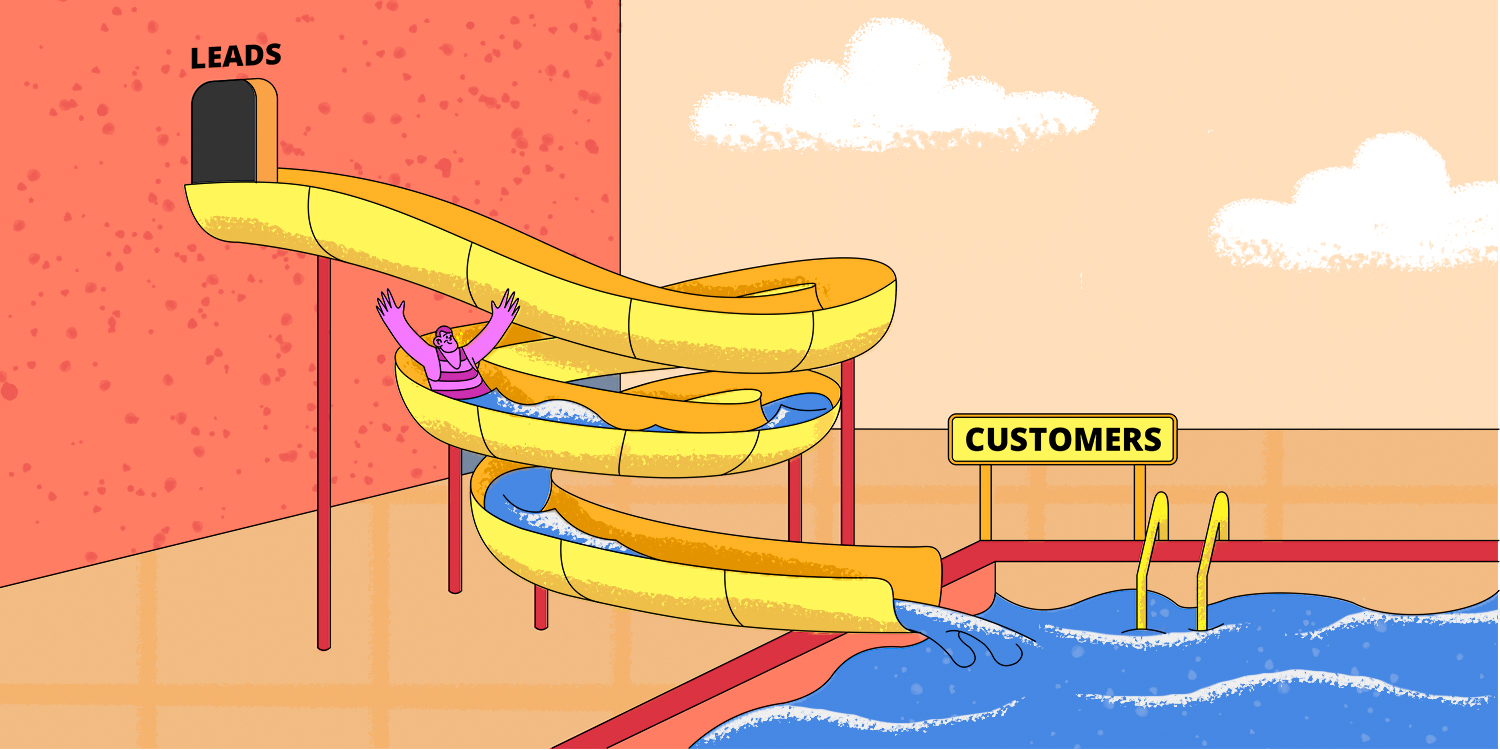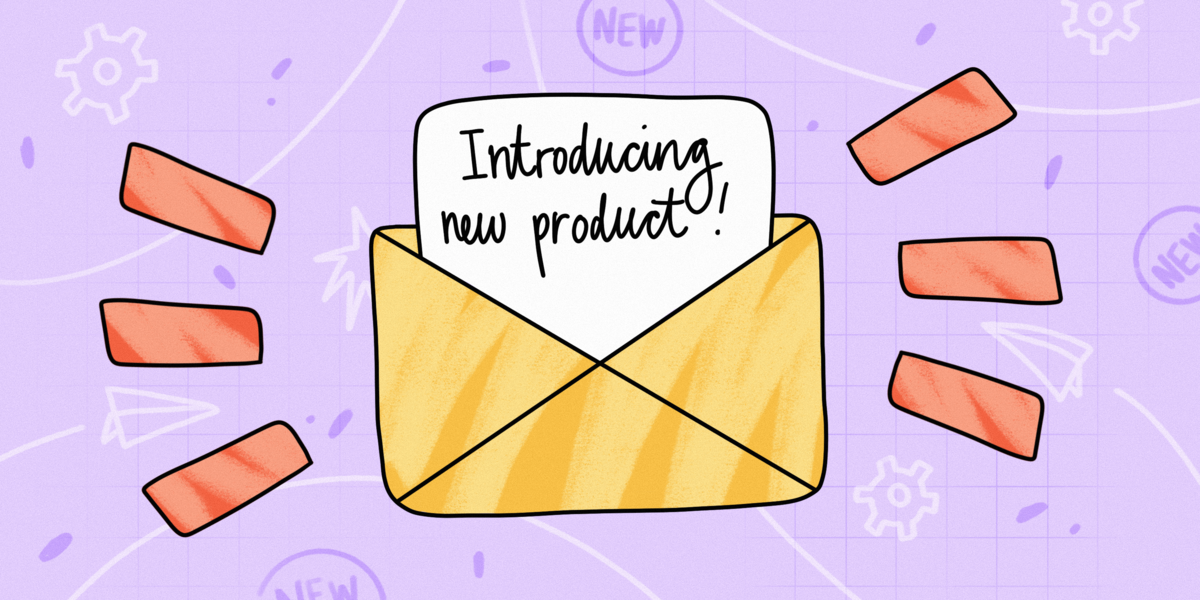A successful new product launch can provide the company with tremendous benefits! It increases anticipation and market recognition for a product in addition to producing income. It also helps collect early user feedback that the product team can use to improve their solution.
But here’s a problem: creating and launching digital products is challenging without a doubt. I know because I’ve created and launched several successful digital products at H-Educate and helped others do the same. Also, I’ve closely observed other companies grow in the past few years.
This is why I’ve decided to create this guide to help you get started and avoid making mistakes that many brands tend to make while creating their products. This article will walk you through a step-by-step guide on how to launch a product successfully.
Outline:
What is a digital product: definition & examples
A digital product is an intangible item that exists only in the digital realm.
What does it mean? Well, such goods don’t have any physical form and are accessible by electronic devices such as laptops, smartphones, or tablets. The examples are countless — music downloads, ebooks, webinars, online courses, and, what we’re most interested in, software.
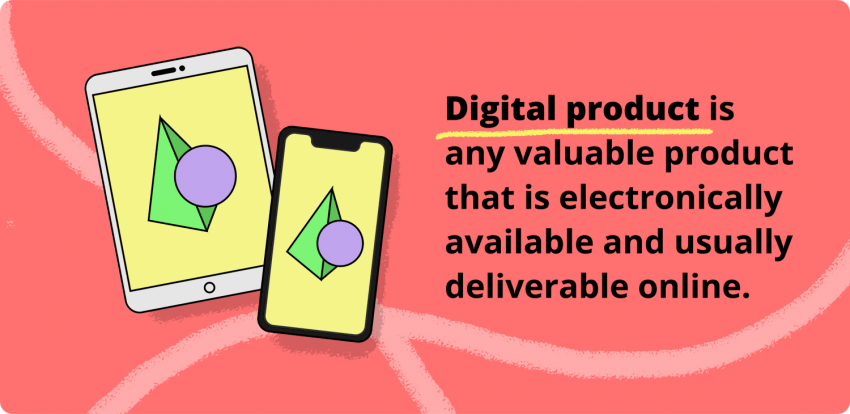
Diving deeper into software solutions, understanding how to build a SaaS product is essential for developers aiming to offer scalable and accessible services over the internet.
Snov.io, Pipedrive, Zoho… These are all wonderful examples of SaaS products that help businesses generate more leads, scale email outreach, accelerate sales, and boost revenue.
Most of the time, you can access a digital product from anywhere using the Internet. Such products allow companies to reach audiences internationally without leaving the comfort of their homes. What’s more, digital goods are much easier to distribute than physical items.
Not convinced you need to build one yet? Let’s dive deeper into more benefits of creating digital products now.
Why you should sell your own digital products: biggest advantages
With an abundance of information for just about everything imaginable, you can easily get lost in the Internet vortex. And it’s not all positive. Browsing the web, we’re bombarded with unhelpful and unreliable data that makes us distracted and reduces the quality of our decisions.
With so much noise on the web, comprehensive, helpful digital products have vast potential. Designing the perfect solution takes time and planning, but it’s always worth it in the end.
Here are the top reasons you should take a shot at selling a digital product.
Low cost & less risk
Digital products usually cost less to produce than their physical counterparts. You don’t have to pay for manufacturing, packing, shipping, storage, or retail space. And they’re never out of stock! The product is made only once, and you can sell copies or its updated versions for years and years.
Save that time, money, and energy!

Of course, there’s a downside (although it concerns all goods produced, whether physical or digital). The competition is wild out there, with numerous digital solutions already available online. So make sure you create a valuable product with a competitive advantage that will allow it to survive in the market.
But even then, there’s less risk involved in digital goods. So if something goes wrong, it’s still worth trying because you’ll get a comprehensive analysis of what needs to be fixed to improve the product and make customers fall in love with it.
Remember, if your digital product is well-designed, fun to use, or incredibly valuable, then there’s no reason it won’t work online!
High scalability & profit margin
I’ve already touched on digital products’ scalability in the previous section, but let’s focus on it a bit more.
Creating a digital product enables you to grow and expand to different places and markets, reach more people, and meet changing demand levels. Such products are also likely to be more affordable, which results in a considerable return on investment from more people buying them.
Say you want to publish a book and wonder why you should sell it online for $30 instead of selling 100 physical copies at $300 each. Well, the answer is because there’s practically no limit on how many copies of your digital product you can sell!
When it comes to digital software, it’s infinitely scalable — upgrade your existing products or boost your resources by adding additional features as soon as there’s demand for a change! And if you need to update or change your product because of the customer feedback — there’s no hassle, too!

Low entry barrier
Do you have a tablet/laptop/smartphone and a bit of cash? You’re ready to enter the market! Sure, it would be better if you had certification, training, and professional experience, but you can leverage your life experiences, valuable skill sets, or hobbies into building a digital product.
Of course, with the whole world going online, it’s hard to grab people’s attention, no matter what niche you choose. The primary reason behind digital product failure is the lack of planning, preparation, and market knowledge. That’s why you’ll have to put in the hard work first.
But fret not! I’ve collected a few tips to help you in your digital product creation journey.
How to launch a product successfully
#1. Understand your potential customers & their problems
This one is basic yet often overlooked.
To create a digital product that meets your target audience’s needs, you first have to know their pain points. The more accurate information you have about the customer (geographical location, business type, business size, income level, etc.), the better idea you will have about the challenges they face.
The best way to have a clearer, more personal picture of your customer is by creating a buyer persona that outlines all the necessary information you need, for example:
- Personal demographics, like age, gender, location, income level, etc.;
- Professional demographics (all business-related details);
- Goals, priorities, motivations, and values;
- Shopping preferences.
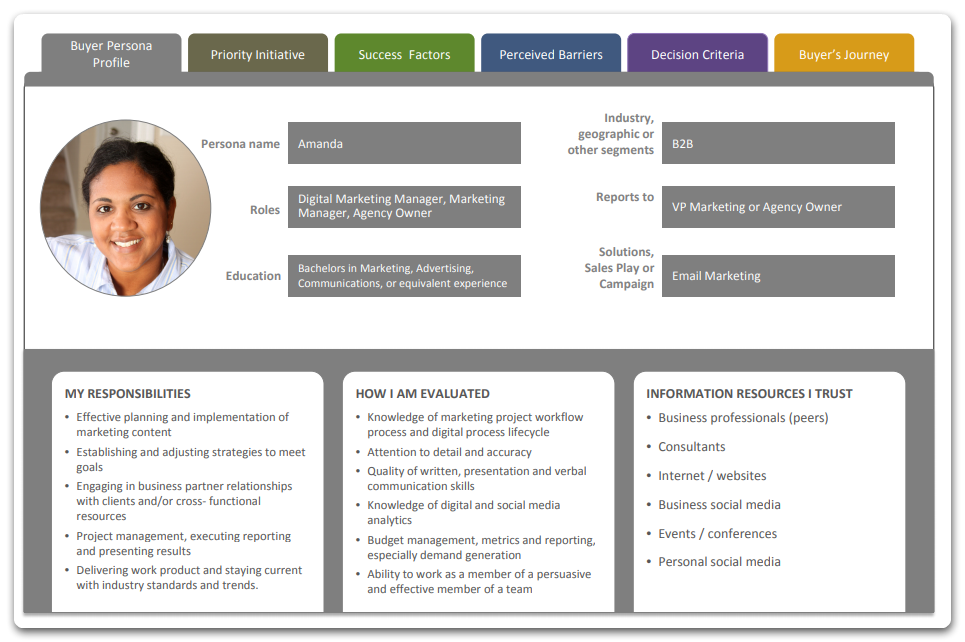
You don’t even need to do that manually! There are plenty of tools to help you with this task, e.g., you can create your customer’s profile with HubSpot’s Make My Persona.
#2. Think about the product idea & conduct market research
Remember about the intense market competition? Yeah, the only way to make it is to offer something unique.
Ask yourself a question, what makes your digital product different from others? Brainstorm what works for your business. Conducting market research is the best way to know whether your idea will be successful. Here are a few things to consider to become an informed decision-maker:
- Combine all the ideas you have;
- Analyze similar products and real-life examples: How many customers have purchased them? What’s the price range?;
- Analyze your primary competitors with competitive intelligence tools and see if you can fill in the gaps;
- Dive into social media and see what’s trending;
- Identify your unique selling proposition and define the benefits clearly;
- Estimate how much time it will take to develop your product.

#3. Write a positioning statement
Ready, steady, go!
Now it’s time to craft your product positioning statement and share it with your company’s stakeholders. Make sure it’s short, clear, and concise; a 1-3-sentence statement would be enough:
- Who is your product for?;
- What is your product market category?;
- What does your product do?;
- What are your product’s benefits?;
- How is your product different from what is offered on the market?
#4. Set competitive pricing
After you’ve created a digital product based on the product and market research, set the competitive pricing. If you’re just starting out in the business world, it’s often simpler to copy competitors’ prices rather than implement another pricing strategy (especially if your products are highly similar). This way, you’ll eliminate the risk of setting an inefficient price.
Here are some other top strategies to help you set the pricing of your digital product:
- Use tiered pricing and demonstrate differences between packages;
- Offer a free plan or a free trial to let the customer try the product before buying it;
- Use psychological pricing (ending the prices in numbers other than zero, e.g., $27.99 or $59.37);
- Offer a money-back guarantee;
- Provide some added value (as a bonus!).
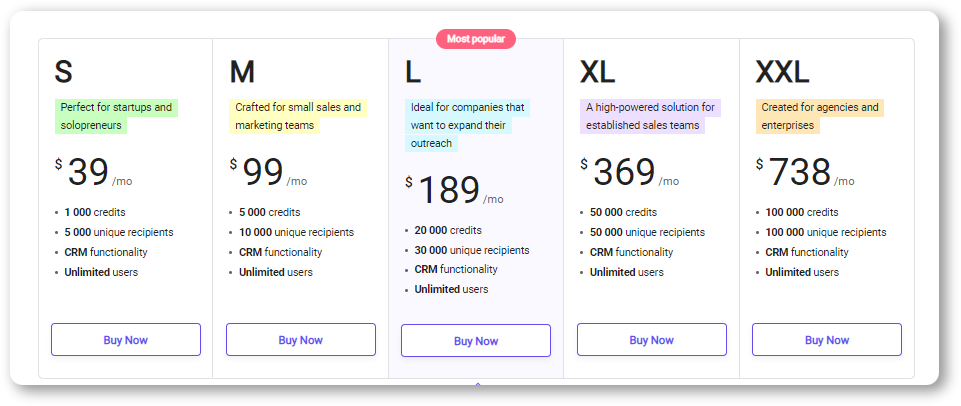
It’s all about the balance: the pricing should not be way too high for your customers, and it shouldn’t be too low that you end up giving it for free.
#5. Get feedback from market leaders and target audience
They are the ones you should look up to. Reach out to market leaders and ask for their honest opinion. You can also ask them to share the product idea with their audience and monitor the response.
Another way to validate your product idea is to create a landing page for it. Run ads to drive traffic, grab the email addresses of your potential customers, analyze the response, and hit the market accordingly.
#6. Start creating free content: blog posts, podcasts, and more
Why did I place content creation only after you’ve already created and validated your digital product? It’s because you know your product and its worth by now, and can easily identify how to get more eyeballs on your content.
Just keep the sales funnel stages in mind when creating it. Make sure the purpose of your content is to familiarize the audience with your product and demonstrate its value during the awareness and interest stages, while it focuses on holding your leads and encouraging them to buy your product at the bottom of the funnel.
See what works for you! If your competitors are enjoying profits with podcasts, you can copy them. Create YouTube videos, using professional YouTube thumbnail maker for compelling and catchy appearance, infographics, and blog posts — content opportunities are endless.
And use all the various types of marketing to promote it!
#7. Build your email list & social media following
Who do you create your content for? Your target audience, of course. The easiest way to reach them is by building email address lists or gaining social media following. Here’s what you can do:
- Start with creating your content in the niche of your choice;
- Connect with industry leaders and influencers;
- Grab email addresses of your leads (check out the best email extractors that can automate this task for you);
- Offer something for free in exchange for the target audience’s contact information (here are some of the lead magnet ideas for inspiration);
- Use pop-ups and exclusive notifications;
- Integrate email marketing and social media.
Benefit from these marketing strategies to promote your digital product, explore all the social media platforms like Facebook, Twitter, Instagram, get feedback, and make immediate improvements to your product!
#8. Prepare for the launch day: offer bonuses or other lead magnets
Now it’s a new product launch day! Do it with a bang:
- Offer big bonuses for early birds;
- Add time-based value;
- Create promo content;
- And run paid ads on social media and search engines.
You can also send a product launch announcement email to your audience to inform people about an upcoming product and build hype and excitement around your new release.

#9. After launch: analyze key performance indicators (KPIs)
Immediately after the launch, you’ll see a huge boom or stupid fall! In both cases, I recommend you to keep showing your audience the problem and solution your digital product can solve.
Here are a few things to do during and after the launch:
- Listen to your audience;
- Improve as soon as you can;
- Track your milestones along the way.
Set some key performance indicators (KPIs) for your digital product and analyze them to make immediate improvements. The most important KPIs for you to track are conversion rates, paid vs. organic traffic, bounce and churn rates, session duration, monthly recurring revenue, and customer lifetime value.
Wrapping up
Successful new product launch is the first step. Now, it’s time for you to take this digital product out of your comfort zone and grow it. To stay in the game, you have to rework your product over time and keep coming up with new ideas for content creation and marketing strategies.
Good luck!




